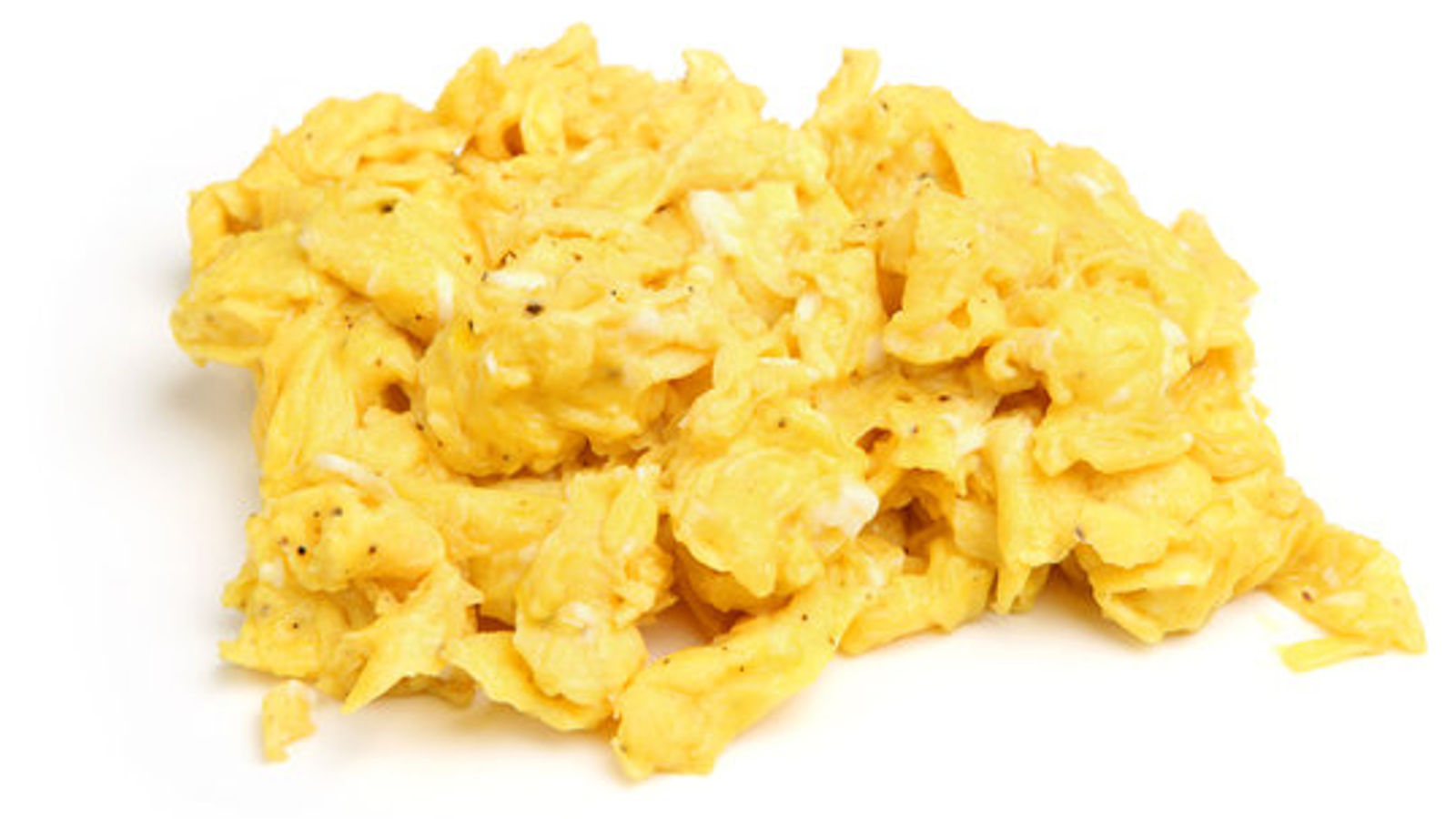There are no cooks who have agreed on the best way to cook an egg, which leads to a question: what is the best method for cooking an egg? Despite their simplicity, the debate about a perfect egg remains a culinary conundrum. Actually, let me rephrase that: there is no debate. The perfect style of egg—a coherent, yet delectable breakfast item—remains irrefutable. There is only one acceptable way to cook an egg: scrambled.
The style of egg formations has most certainly evolved over time. Noteworthy combinations can take different forms of shaping, sometimes even overshadowing the egg with less important ingredients such as home fries or slices of bacon. No matter what combination or style suits an ideal morning breakfast for you, it is important to establish a concurrence of the significance an egg may play on your breakfast plate. Whether it be at a restaurant, a diner, or in the comfort of your own home, an egg will always be the centerpiece of your plate if offered. Alongside the main food group of pancakes, waffles, and french toast as well as a fresh bowl of cereal, eggs play a major role in a morning appetite. It is also critical to highlight the naturally rich nutrients an egg can offer: Vitamin D which helps to aid bone health, consists of an average intake of 6 grams of protein, and has generally high levels of monounsaturated fats. It is crucial to understand this point in arguing the best style of cooking eggs.
Before acknowledging the best way to cook an egg, it is appropriate to show some representation of notable honorary mentions. Over-easy, over-medium, or if you’re nonhuman and weirdly find satisfaction in eating over-hard—whatever that may be—these styles of egg craft have proven strong amongst consumers. The versatility of this method is state-of-the-art. They can be enjoyed on their own, atop a salad, in sandwiches, or as a complement to a wide range of dishes. They are also convenient. Achieving a perfect balance between the runny yolk and a lightly cooked white takes talent, but when performed correctly, is delectable. However, that is precisely just the problem: the runny yolk evokes a food safety concern. The risk of undercooked eggs can be high for amateur ‘eggers,’ containing harmful bacteria known as salmonella. Foodborne illness is no hope of mine.
There will always be those out there rigid with particular methodologies: “I eat a hardboiled egg every day; there healthy, simple, and consistent.” Indisputably, this method does relieve stress in the morning: grab a hard-boiled egg and go on with your day. Breakfast—check. With that said, let’s back up. There’s no room for variety or special ingredients. Hard-boiled eggs also require pealing the rubbery shell once cooked, just another step in the process. The smell of the shell and chalky yoke requires near-perfect storage use and must be eaten within a few days after purchase or an odorous smell will linger. I prefer new and fresh.
While these two are more controversial, it would be ignoble of me if I ceased to forgo the infamous omelet. It’s rich, tasty, and variable—characteristics that many of the other styles lack. Davis Woolbert ‘25 thought that omelets were indistinguishable from the rest: “It blends a number of ingredients while maintaining the simplistic texture an egg should inherit.” What Davis failed to recall was the difficulty it takes to master making the omelet. With skill and attention takes time, considerably many years. Without proper preparation and technique, omelets can stick to the pan, making flipping and folding them extremely challenging. This often results in a less visually appealing final dish. Only a select few have mastered the omelet, so the next time you think you may have enjoyed eating one, ask yourself, “Did I really just spend 15 minutes cooking a dish that may not have even been executed correctly.” Time-consuming, hard to master, and fallible—I digress.
However, no style of egg beats out the beauty of scrambled eggs. Pure and simple, they are undoubtedly the best way to cook an egg. There is little to no skill required, and I would know from personal experience. On average, it takes Americans approximately 3-5 minutes from cracking the egg to scraping it off the pan and onto the plate to scramble an egg. With omelets, you can only make them for individuals: one omelet, one customer. Everyone has been in a scenario when you’re waiting in line for an omelet at a breakfast buffet. You look over at the creamy scrambled eggs just waiting for you. This is precisely what makes them reliable. It’s no wonder Belmont Hill serves scrambled eggs in the morning. The ambiance of serving them in mass numbers separates the style from the rest. Can you overcook them? Sure. Everybody has had their dose of overcooked eggs. But after adding a dash of milk, the eggs become creamy like no other. Complement them with some Frank’s Red hot sauce and a sprinkle of salt, and you have an undeniably delicious meal. They offer unparalleled fluffiness and texture.
While other cooking methods have their merits, scrambled eggs stand alone at the top of the chain. They are delicious, easy, and versatile—the only way to go. Whether it’s over-easy, sunny-side up, hard-boiled, poached, eggs benedict, or even crafted into an omelet, no egg can possibly compare to the simplicity of a scrambled ambiance. If you don’t agree with anything I have said, maybe Ceiba Wild ‘24 says it best: “Band for band, I cook the best scrambled eggs out of every Belmont Hill student.”




